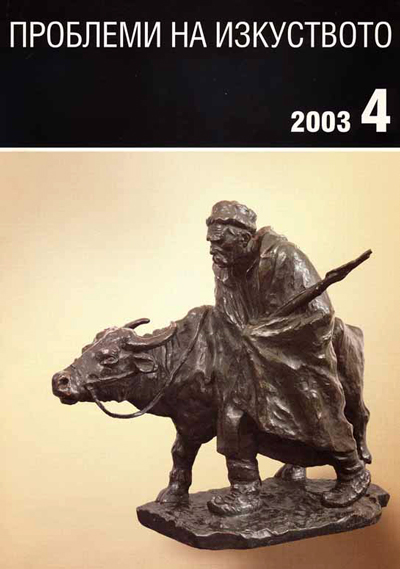
We kindly inform you that, as long as the subject affiliation of our 300.000+ articles is in progress, you might get unsufficient or no results on your third level or second level search. In this case, please broaden your search criteria.

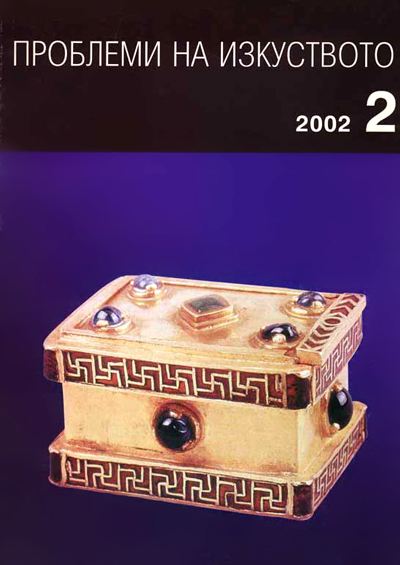


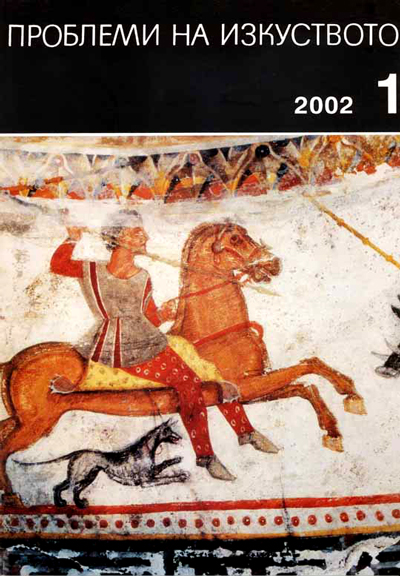
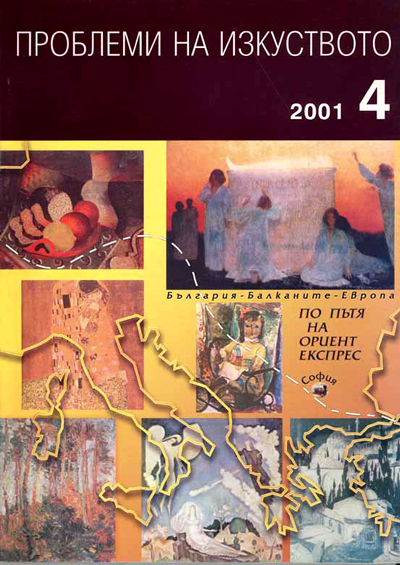
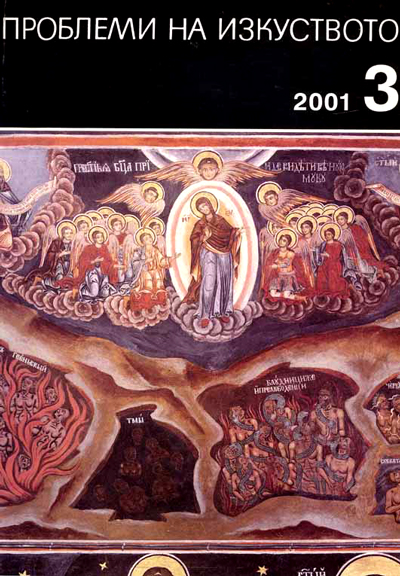


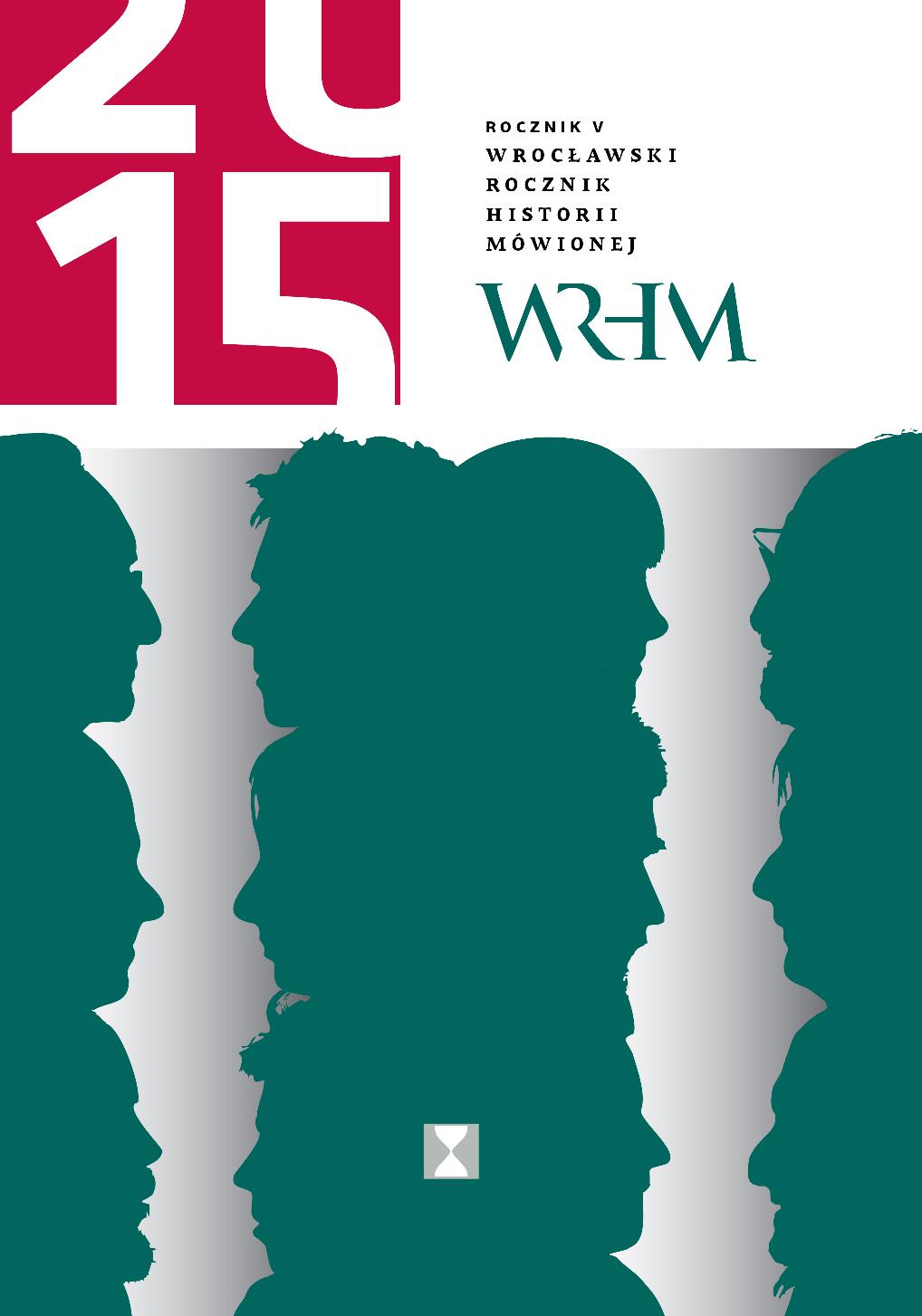
![Recenzje i omówienia: Herbert i świat Rzymu [dot. J.M. Ruszar: „Słońce republiki”]](/api/image/getissuecoverimage?id=picture_2015_26408.jpg)
The review of Józef Maria Ruszar’s book “Słońce republiki. Cywilizacja rzymska w twórczości Zbigniewa Herberta” (2014) [„Sun of the republic. Roman civilisation in Zbigniew Herbert’s work”]. The author of the review emphasises that Ruszar convincingly inscribed Herbert’s fascination with antiquity (especially Roman antiquity) in the whole historiosophical reflection of the poet. The conviction about the progressive disintegration of the structures of civilization and society was closely related in Herbert’s writing with the sustained defence of Roman virtus. However, the thesis that in his poetic work Herbert was disputing with the programme and ideology of the literary modernism is perceived by the reviewer as questionable.
More...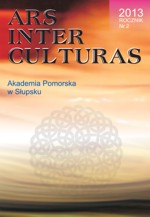
The concept of diversity entails the development of strategies that capitalize on the diverse cultural potential of the members of a heterogeneous group and explores that potential in a constructive way. In principle, this might be a good idea but it runs the risk of binding cultural potentials within so-called multicultural (learners) groups (of pupils) to their origins/descents, thus strengthening positive racism. In contrast, the new concept of identity operates in terms of a plural or fragmented self, or a patchwork biography, in which the individual is no longer bound by the predetermined factors of one’s identity, such as gender, place of residence, profession of parents or origin/descent. Rather, one has to solve the task of constructing one’s identity over and over again throughout one’s whole life, balancing and integrating different senses of cultural belonging. This article presents both concepts referring to multicultural learners/learning groups. It also discusses whether the theoretical base of diversity and identity rule themselves out in the end or whether there are common assumptions, which reflects the precepts of intercultural music education
More...
This article analyzes hiphop as a multicultural manifestation of the youth culture. Theyouth culture is understood as the content offered for the young generation by the popularculture. It is perceived as the result of complex processes that start with local youth groups,cultural innovations and various rituals. The author describes the beginning of hiphop culture in the urban ethnic dimension and goes on to analyze its core manifestations such as rap, graffiti, and break dance. The author traces ways in which rap, graffiti and break dance were created, interpreted, and assimilated according to the needs of multicultural exemplification of youth’s local identities. This article also indicates the possibility of using elements of hiphop youth culture in the prevention projects realized in multicultural environments.
More...
The article begins by explaining the origins of Gypsies with an emphasis on the linguisticand anthropological theories tracing Indian decadency of Gypsies. Drawing from historicaldocuments as well as poetry and other sources, the authors presents the associationof Gypsies with music. The aritcle offers an explanation why Gypsies were often engagedin music making for money and linked with medieval travelling troupes performing entertainment shows. The article also highlights the origins of stereotypes associated with Gypsies. The author pays special attention to the forming of the image of a Hungarian Gypsy claiming that the widely spread vision of a Gypsy musician is stereotypically associated with Gypsy musicians from Habsburg Monarchy, playing in so-called Zigeunerkapellen. In addition, the musical traditions of Spanish Gypsies are presented, since the author believes that the Gypsy-musician stereotype is closely linked with the fate of Gypsies in Europe.
More...
During the lifetime of Bach such disciplines as harmony and thoroughbass were realized directly at the keyboard by the student, providing a solid foundation for later and more elaborate improvisatory skills – skills which were mandatory for all clavier players of that period. Unfortunately, the great majority of today’s Baroque counterpoint classes rely on the more academic process of committing notes to paper, thereby subjugating aural and performance skills. In this article, I propose amending music theory curricula with topics in baroque improvisation. To that end I will employ one of the most accessible variation forms from common practice music: the passacaglia.
More...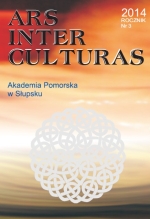
In Bloch’s works, the world of different meanings, ideas, and nonmusical contexts is ofparamount importance. The composer often uses words as a medium intimately entwinedwith music. The reason for such an artistic declaration is the array of different events in Bloch’s life: his interest in the organ influenced by his father, his adventures with illustrative music, and the relationship with his wife – the excellent Polish singer – Halina Łukołomska. All these elements are the reason why Bloch’s works are inspired by poeticaltext, images, associations, and aesthetic sensations. Multicultural aspects in Bloch’s works stem from his contacts with German artists and patrons. These collaborations resulted in many outstanding works written for German artists. Some of his works were inspired by Bloch’s friendship with German painter Ingeborg zu Schleswig-Holstein (Denn Dein Licht Kommt/ Albowiem nadejdzie światłość Twoja; Du sollst nicht töten/ Nie zabijaj!; Empor/ Wzwyż).Three of Bloch’s works: Wordsworth Songs, Die Verscheuchte, Anenaiki were primarily inspired by formal and verbal construction and not as much by foreign cultures.
More...
The author argues that music should not be mediated as a scientifically reduced objectto amateurs and students, but as a message for the listener. Music is not a kind of strange“thing”, but a “virtually-you”, and looks for a dialogue with everybody who listens to it. Music claims: “I mean you! I’m talking about you! I want to talk to you”! Not only is music sound and structure, but a life lived as a reflection of sounds. It is the shape in which the dialogue with music finds its sustenance. The author examines one of the time-honored musical forms – the rondo – to demonstrate his view. From a historical perspective, the rondo is a round-song, which plays an important role in our daily lives. With its typical contrast between what is already known (chorus) and new elements (couplet), the rondo reflects our different experiences of time: time as a line (time of day) and time as a circle (circle of celebration). This article offers an insight into the theme of live of the author: hermeneutics as the science of understanding, here is the music.
More...
The stylistic panorama of the 20th century music is notable for an aesthetic variety ofworks by different composers and compositional schools. This fact is corroborated by theambiguity and plurality of musical cultures, made manifest by certain artistic trends andtendencies transpiring during the late 19th and early 20th centuries. As the century progressed, certain artistic tendencies underwent a transformation and evolved into other stylistic novelties. The works for the accordion by Ukrainian composers display folk-like influences and project an array of aesthetic approaches to the idea of musical personification. This is most clearly expressed in the way the composer: (1) borrows the material from folklore; (2) appeals to lyrical, psychological, expressive and figurative characteristics of work of art with the expression of the process-emotional nature of person’s “inner world”; (3) experiments with associative references such as, intonation, intonemas, and grief; (4) employs programmatic narrative; (5) uses epigraph and musical quotes; and (6) makes clear references to the genres and techniques of baroque and, occasionally, early classical music.
More...
This article examines the Brazilian musical genre known as Choro. Having discussedthe history of Brazil, the genre is subsequently discussed within a broader context of Brazilian popular music. Many important aspects of Brazilian music related to Choro are considered: (1) the influence of African culture and European music; (2) the role of classical composers like Heitor Villa-Lobos; and, (3) the influence of sacred music, opera and other popular musical types. There is also a detailed explanation of the connection between Choro and jazz, with special attention given to the structure of the music and the role of improvisation.
More...
In the Olena Rebrova’s article “Artistic Identification as the Factor of Music and Choreography Teacher’s Training in Multicultural Education Condition”, two concepts: “artistic identity” and “artistic identification” are clarified. This paper then defines pedagogical functions of artistic identification and helps establish the artistic competence for music/ choreography teachers. In addition, this article discovers and evaluates experimental results of music/choreography students based on the surrounding multicultural environment as well as their artistic identity.
More...